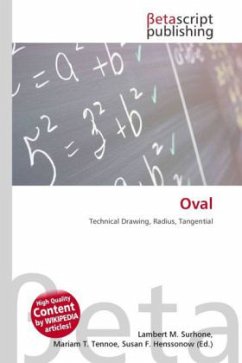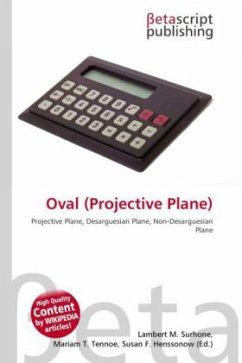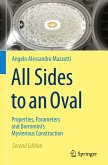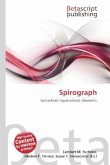Please note that the content of this book primarily consists of articles available from Wikipedia or other free sources online. In technical drawing an oval (from Latin ovum, ''egg'') is a figure constructed from two pairs of arcs, with two different radii (see image on the right). The arcs are joined at a point, in which lines tangential to both joining arcs lie on the same line, thus making the joint smooth. Any point of an oval belongs to an arc with a constant radius (shorter or longer), whereas in an ellipse the radius is continuously changing. The shape of an egg is approximately that of half each a prolate (long) and roughly spherical (potentially even slightly oblate/short) ellipsoid joined at the equator, sharing a principal axis of rotational symmetry, as illustrated above. Although the term egg-shaped usually implies a lack of reflection symmetry across the equatorial plane, it may also refer to true prolate ellipsoids. It can also be used to describe the 2-dimensionalfigure that, revolved around its major axis, produces the 3-dimensional surface.
Bitte wählen Sie Ihr Anliegen aus.
Rechnungen
Retourenschein anfordern
Bestellstatus
Storno








